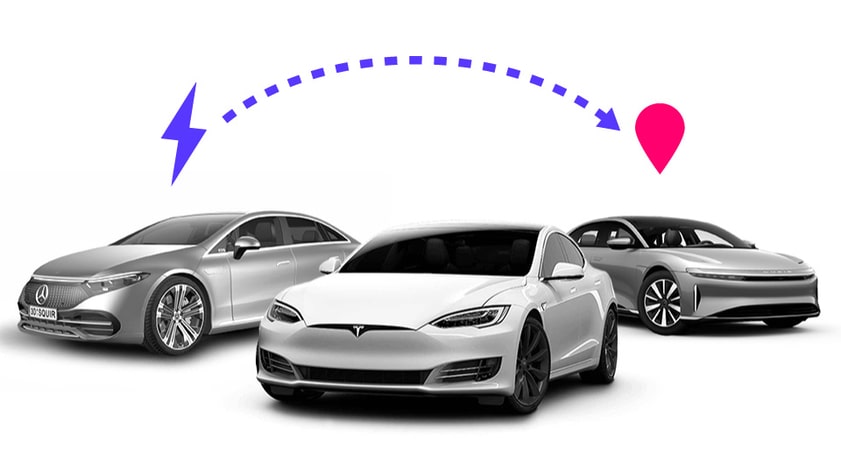Electric Cars and Gas Tanks - Is There a Connection?

by AutoExpert | 25 October, 2023
The automotive horizon is expanding, with electric vehicles (EVs) steering the industry towards a greener future. Amidst this transition, a simple yet intriguing question arises - do electric cars have gas tanks?
This article sheds light on the fuel storage mechanisms in electric cars, contrasting them with conventional gas-powered vehicles.

Gas Tanks in Internal Combustion Engine Vehicles:
In traditional internal combustion engine (ICE) vehicles, gas tanks play a pivotal role. They store gasoline, the lifeline that fuels the engine. This gasoline journey begins in the tank, travels through fuel lines and filters, reaches the engine, and upon a spark's kiss, ignites to power the vehicle forward. Typically nestled at the rear, beneath the trunk or rear seat, gas tanks are the fuel sanctuaries of ICE vehicles.
Battery-Electric Vehicles (BEVs): A Leap Beyond Gasoline:
According to Autotrader, battery-electric vehicles (BEVs) herald a departure from gasoline dependency. They thrive on electric zest, channeling it to an electric motor that propels the car. This shift negates the need for a gas tank. Instead, BEVs harbor a high-capacity rechargeable battery pack nestled in the vehicle’s floor. This arrangement not only stores electric power but also enhances weight distribution and interior space utility. When the battery thirsts for a recharge, an external charge port, often situated where a gas cap would be on a conventional car, serves as the replenishing conduit.
Hybrid Vehicles: The Best of Both Worlds:
The electric vehicle spectrum extends to hybrid electric vehicles (HEVs) and plug-in hybrid electric vehicles (PHEVs), both of which retain gas tanks. As per the EPA, hybrids meld the prowess of an electric motor with a gasoline engine. This duo operates in harmony, optimizing fuel efficiency, and extending the battery's vitality through the gasoline engine's recharging capability.

On the flip side, plug-in hybrids, with their larger batteries and charging ports, offer a more pronounced electric driving experience. Yet, they hold onto a gas tank, ensuring a gasoline fallback for longer journeys, thus embodying a blend of electric innovation and gasoline assurance.

The automotive narrative is evolving, with electric vehicles scripting new chapters on fuel storage and utilization. While battery-electric cars bid adieu to gas tanks, hybrid varieties embrace a dual-fuel ethos, ensuring a smoother transition into the electric era. As electric vehicles continue to vroom ahead on the automotive timeline, they redefine what it means to fuel up for the journey.

















